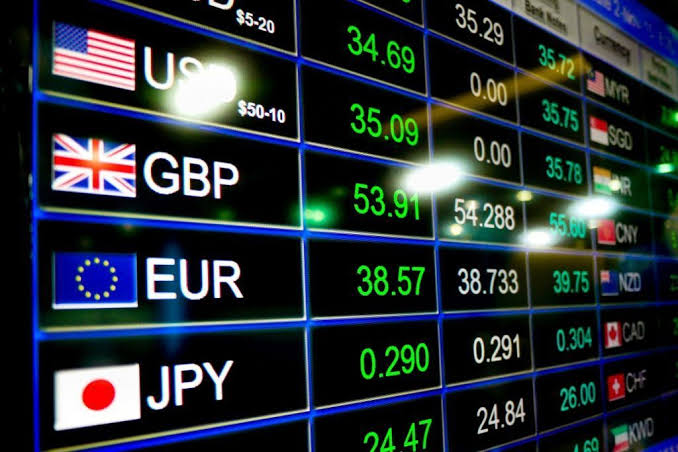Mumbai, August 3 – India’s foreign exchange reserves recorded a notable rebound after a three-week dip, rising by $2.703 billion to reach $698.192 billion for the week ending July 25, according to data released by the Reserve Bank of India (RBI) on Friday.
The uptick follows a fall of $1.18 billion in the previous reporting week. This resurgence was primarily driven by a sharp increase in foreign currency assets, which climbed $1.316 billion to hit $588.926 billion. Gold reserves also rose significantly, registering a $1.206 billion gain and reaching $85.704 billion.
The Special Drawing Rights (SDRs) held with the International Monetary Fund (IMF) increased by $126 million to $18.809 billion.
RBI officials attributed the trend to global central banks—including India—bolstering their gold reserves amid ongoing global uncertainty. The RBI’s gold holdings have nearly doubled since 2021, reflecting a strategic shift toward safer assets.
India’s forex reserve buildup remains strong in 2024, with a cumulative gain of over $20 billion. This follows a massive $58 billion addition in 2023, reversing a sharp $71 billion fall in 2022. The reserves peaked at a historic $704.885 billion at the end of September 2024.
Finance Secretary Sanjay Malhotra recently reassured that India’s forex reserves are robust enough to finance nearly 11 months of imports and cover about 96% of the country’s external debt making the country’s macroeconomic fundamentals among the most secure globally.
The RBI continues to actively manage the rupee’s value through strategic dollar purchases and sales. The central bank typically accumulates dollars when the rupee strengthens and intervenes with sales to prevent excessive depreciation when the rupee weakens.
India’s forex reserves comprise foreign currency assets (mainly US dollars), gold, SDRs, and the country’s reserve position with the IMF. These reserves are a key financial buffer that supports currency stability and economic resilience.
India’s Forex Reserves Climb $2.7 Billion, Cross $698 Billion Mark After Three-Week Slump

